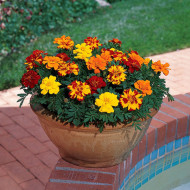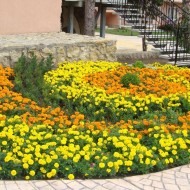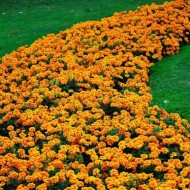Popular varieties of marigolds for growing in the garden
Content
Variety of species
The popularity of annual and perennial flowering crops of the Astrov family, which are popularly called marigolds, is growing rapidly. The decorative garden flower got its name due to the velvety surface of the petals. A beautiful and bright ornamental plant with velvet petals is grown by gardeners in many countries of the world. The people of China consider this plant a symbol of perenniality and call it a flower for thousands of years. Among gardeners in England, the name marigold is popular, which literally means "Mary's gold" in English. On the territory of Ukraine, bright autumn flowers are called black-haired flowers.
As for the territory of distribution, various species and varieties of marigolds are found in central and eastern Europe, as well as in Asia, South America and Africa. So, on the territory of Mexico and South America, perennials Sofia, Bonita, Golden domes and other small-flowered and large-flowered species grow, resistant to various weather disasters.
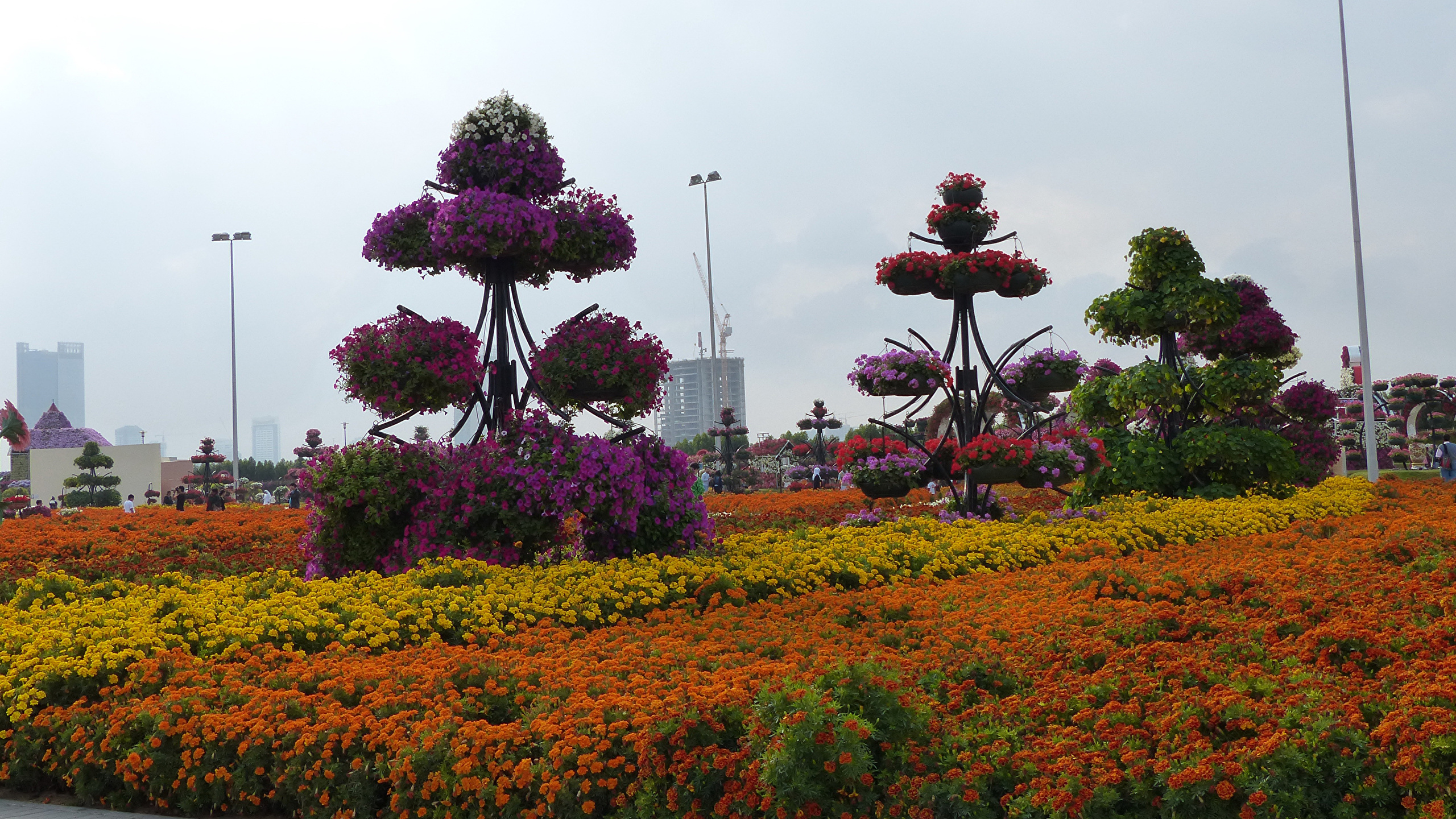
Most varieties of tagetes, as marigolds are often called among breeders, are adapted to different climatic zones. A blooming culture does not require much attention and time of the gardener, it grows well and pleases with abundant flowering for more than one growing season. In the modern horticultural world, there are many varieties and hybrids of marigolds, which are classified according to the type and height of the bush, the shape of the leaf plate, color and bud size.
Video: "Marigolds: planting and cultivation"
In this video, experts talk about the technique of planting and growing tagetes with small and large inflorescences.
Bush height
In floriculture, the classification according to the "growth" of plants is widely used. According to the height of the flowering shrub, marigolds are of the following types:
- dwarf - up to 20 cm;
- low, or undersized - from 25 to 45 cm;
- medium-sized - from 45 to 60 cm;
- tall, or tall - from 60 to 90 cm;
- giant - more than 90 cm.
Tall decorative crops - Yellow Stone, Smiles, Lemon Prince, Hawaii, Gold Dollar, Sunshine, Lemon Queen and Glitters - are used in landscape design to create flower arrangements on several levels. High cultures are planted along the walls of garden pavilions and country houses. Representatives of this group of ornamental crops bloom from the beginning of summer until the first autumn frosts.

Medium-sized flowers are used to create rock gardens and multi-level flower beds. Often, shrubs of medium height are planted along farm and residential buildings located on the territory of the personal plot. The most interesting medium-sized varieties of marigolds include: Golden Giant, Golden Ring, Kilimanjaro with white inflorescences, Orange Prince and Cream Sweet Cream.
The highlights of the group of low-growing marigolds are the varieties Aluminum, Supra yellow, Merigold Moonlight, Red Aspen, Vanilla, Carmen, Orange Snow, Bonanza, Valencia, Golden Age, Antigua, Mimimix, Orange Cupid, etc. Low shrubs are a true decoration of the garden plot.They are used to create various flower arrangements and design garden paths, open arches, arches and other architectural objects.
Leaf shape
According to the shape of the leaves and the type of shrub, there are three main groups of marigolds. These are erect, deviated and narrow-leaved crops.
Erect, or African flowers have a reverse-pyramidal shape of a bush, while the height of an adult flower can range from 35 to 110 cm. According to varietal characteristics, inflorescences are of a double, semi-double or simple type. The maximum size of the bud diameter is 13 cm. Erect flowering shrubs are suitable for decorating terraces, verandas and balconies, as well as for making bouquets. The brightest representatives of the group of upright marigolds are called Taishan, Eskimo, Cupid, Velvet Season, Lemon Miracle, Amber Lace, Enterprise, Snow White, Alaska, Beach Season, Discovery, Crash and Prima Gold.
Rejected species are often referred to as French, broadleaf, and small-flowered. It is worth noting such varieties as Tiger Eyes, Red Cherry, Monetta, Carmen, Pascal, Rigoletto, Harmony, Little Hero, Harlequin, Safari, Marietta and Zenith triploid flowers. This group of flowering ornamental crops includes perennials with multiple branched and erect shoots, the height of which varies from 15 to 60 cm.
In gardening and landscape design, thin-leaved varieties of tagetes are used: Ursula, Lulu, Ornament, Red Gem, Gnome, Karina, Star Shine, Paprika, etc. The color of the inflorescences is one-color and two-color. Due to highly developed shoots, the shrub has the shape of a regular ball, therefore it is used to decorate garden paths, driveways and multi-level flower rock gardens.
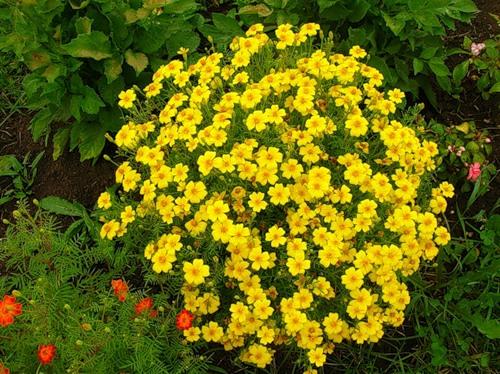
Flowers and inflorescences
Depending on the type of inflorescences and the number of reed petals, all varieties of marigolds can be divided into several subspecies:
- simple;
- semi-double;
- terry;
- chrysanthemum;
- anemic;
- clove-shaped.
Simple flowers mean inflorescences with a small number of central tubular flowers. These are Lemon Jam and Paprika varieties. Inflorescences of semi-double marigolds - Red Brocada and Golden Ball - already have several rows of reed flowers. The most lush are terry varieties, the inflorescences of which are formed from a large number of tubular and reed flowers. Representatives of double and double flowering crops are Kalando, Eskimo, Cheerful Clown, Aztec Lime Green and Fantastic.
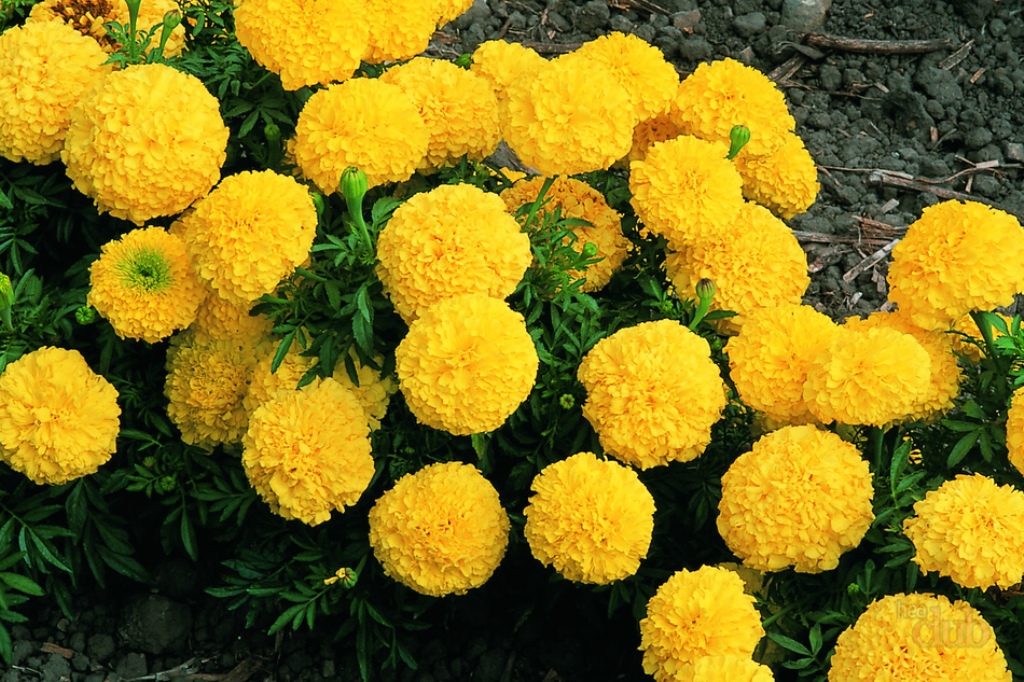
The buds of carnation varieties (Orange, Carmen and Black Velvet) consist mainly of reed petals, along the outer edge of which there is a slight dissection. Representatives of the anemic group (Durango and Durango Mix) have inflorescences consisting of large tubular flowers and lingual petals framing them. Chrysanthemum flowering crops (Vanilla F1 and Taishan) are formed by tubular flowers.
In gardening stores, you can find marigolds in various shades of yellow, orange, red, white, cream and even blue.
Growing and care rules

Despite their unpretentiousness to growing conditions, Tagetes require minimal maintenance. As experienced gardeners note, for normal life, abundant and long-term flowering, garden crops need timely watering and application of mineral fertilizers to the soil. Nitrogen-containing preparations promote active flowering and abundant growth of vegetative mass, which is not always advisable in the autumn. Autumn is the time to feed plants in the garden with potash and phosphorus fertilizers.
Removing weeds, loosening the soil and watering are essential maintenance procedures for these beautiful and vibrant garden crops.With proper organization of planting and care, marigolds will delight with long and rich flowering.


